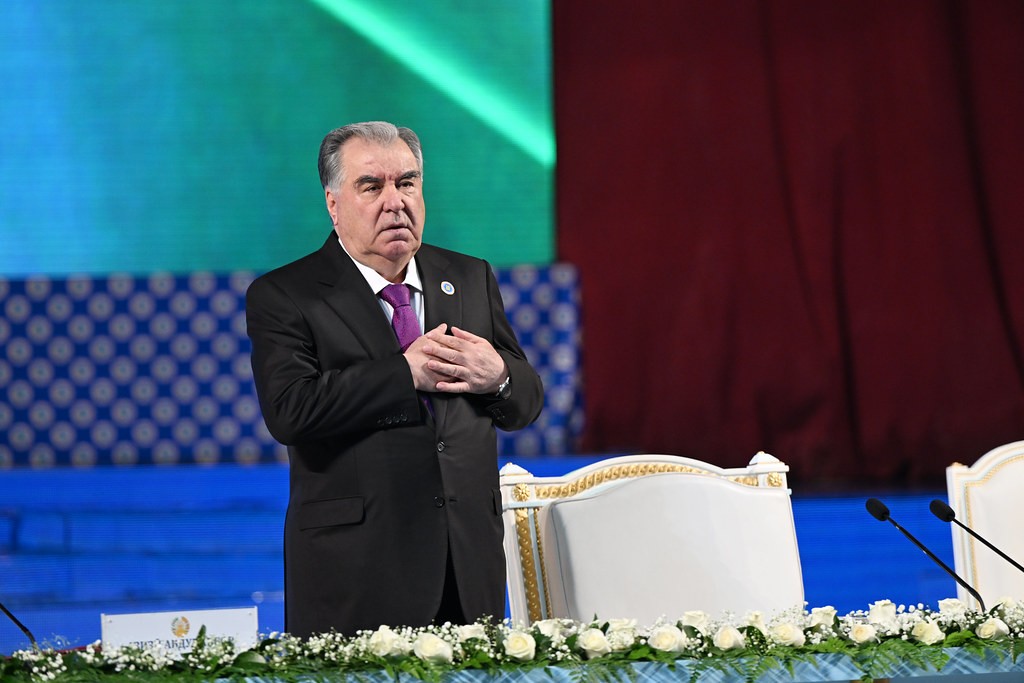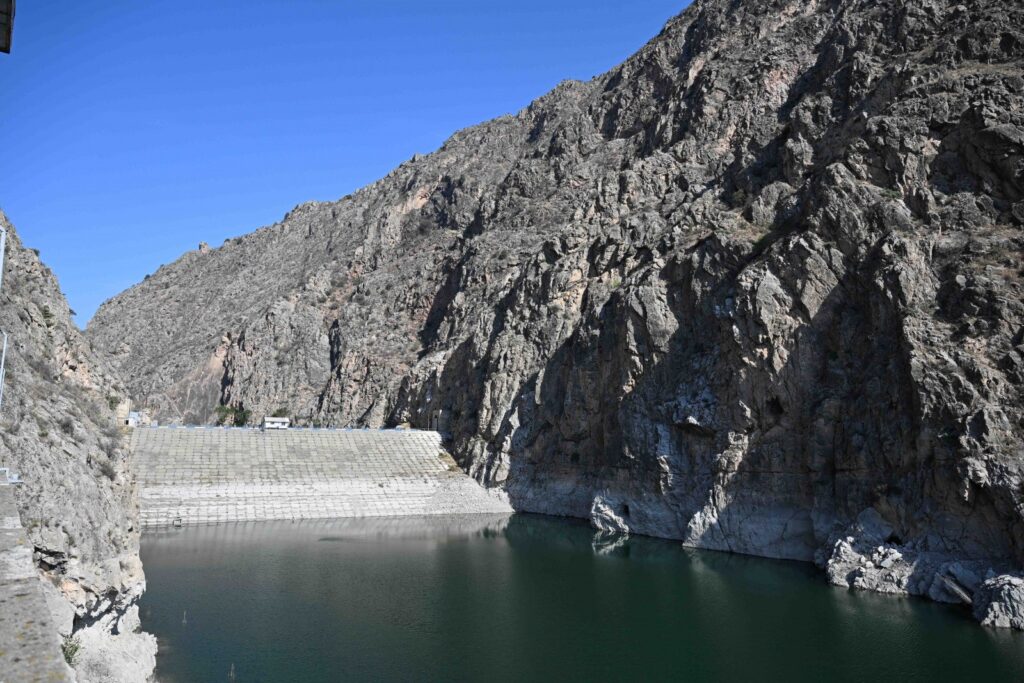Afghanistan: Rentier State or Hostage to Foreign Aid?
The current geopolitical turbulence presents Afghanistan and the countries of Central Asia with serious challenges. After the Taliban's return to power in 2021, Afghanistan found itself in a state of deep economic crisis, and its continued stability once again depends on external assistance. However, with the shifting global order, traditional donors such as the U.S. and the European Union are scaling back their involvement in Afghan affairs, while new sources of support remain uncertain. This creates significant risks for the countries of the region, which must find ways to minimize the consequences of Afghanistan’s crisis and ensure their own security. Historical context: dependence through the ages Afghanistan has always been dependent on external sources of income. This historical context was explored by Ali Nuriyev (historian, blogger, and researcher of the Ottoman world) in his article for TRT, "Afghanistan: The Graveyard of Empires or a Rentier State?" “As flattering as it may be for Afghans to have a reputation as [a nation that has kept its independence despite incursions from Great Powers], everything comes at a price, including Afghanistan’s independence”. Nuriyev provides a detailed analysis showing that since the founding of modern Afghanistan in the 18th century by Ahmad Shah Durrani, the country has built its economy and politics on external sources of income. Durrani financed his campaigns through raids on India, while his successors received subsidies from the British in exchange for maintaining neutrality in the "Great Game" between the British Empire and Russia. Later, in the 20th century, Afghanistan skillfully played on the rivalry between the USSR and the U.S., securing billions of dollars for infrastructure, education, and military modernization. By the 1970s, two-thirds of the country's state budget came from foreign aid. Even after the Soviet withdrawal in 1989 and the overthrow of the Taliban regime in 2001, Afghanistan continued to rely on external support. The governments of Hamid Karzai and Ashraf Ghani survived primarily due to funding from the United States and its allies. Today, following the Taliban’s return to power in 2021, Afghanistan is once again searching for new sources of income. Sanctions and frozen assets have forced the Taliban to seek support from China, Russia, and other nations, further proving that the country’s reliance on foreign aid remains unchanged. This is the historical reality: Afghanistan is a state that, for centuries, has survived thanks to external resources. Its independence has always been closely tied to its ability to extract benefits from the geopolitical maneuvers of great powers. In the present day, this historical context can be interpreted in different ways. However, one fact remains clear, today’s geopolitical turbulence is already having a negative impact on Afghanistan. Afghanistan's adaptation As the global order shifts, the key players on the "Afghan track" are adjusting their strategies toward Afghanistan, exacerbating the country’s economic crisis. United States – For Afghanistan, the new realities in the U.S. mean reduced aid and frozen assets. The U.S., which had long been Afghanistan’s primary donor, is unlikely to increase financial support soon. Following...






